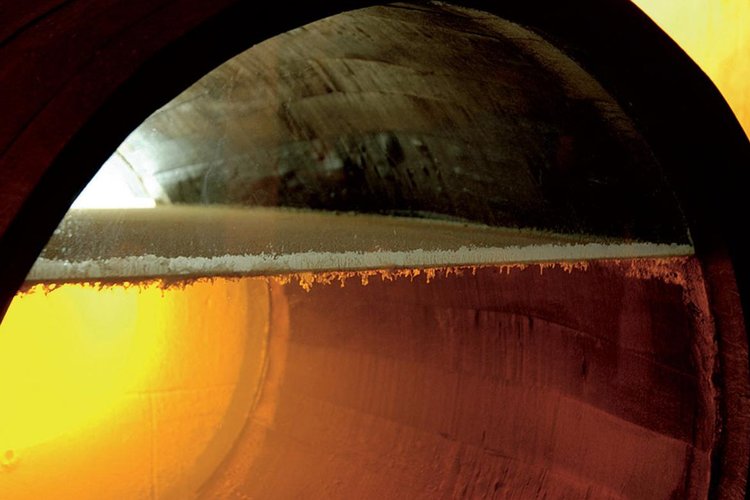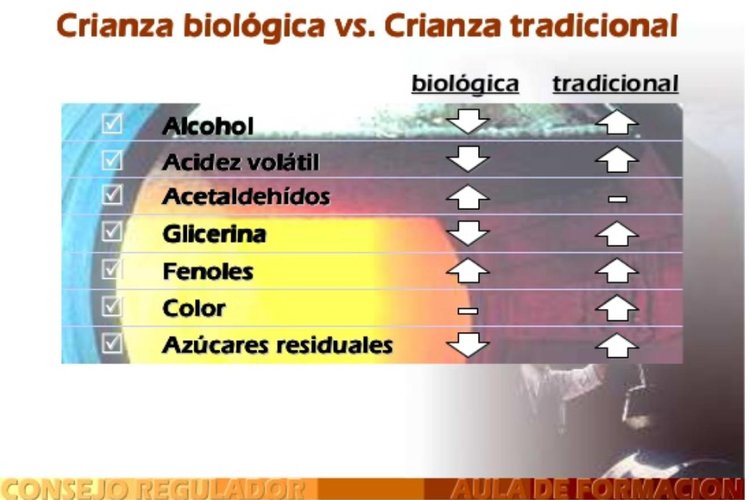The Sherry Triangle (formed by Jerez, El Puerto and Sanlúcar) is one of the most interesting wine regions in the world, and learning about its wines doesn’t have to be boring. We must transmit Sherry in a fun way, if we are to get young people interested in this cultural product.
There are ten main styles of Sherry—ten! And each one of them has its own particular aromas, flavours and colour range. There are so many Sherries that you can almost form a football team with them. Almost? Let’s have a try!
There are three broad groups of Sherries: the dry styles (Manzanilla, Fino, Palo Cortado, Amontillado and Oloroso, also called Generosos), the sweet styles (or Generoso Liqueur wines, such as the PX and Moscatel styles, made from the PX and Moscatel grape varieties), and the blends between styles from the other two groups (Pale Cream, Medium and Cream, which are sweet wines as well).
To make this easy, we are going to put the dry styles to the right of the football field, and the sweet styles in the other side.
You are player number one. The goal of the game is to please and surprise your partner or friends and enjoy with them a great moment.
First, we need our defenders: Moscatel and PX (Pedro Ximénez), because you need two styles that provide safety, and everybody likes sweet wines. People who have never tried Sherry may not understand at first the bitterness of the dry styles, but will probably enjoy straight away the complex and concentrated character of the sweet styles; this is a good way to introduce the sceptics to the Sherry universe.
-You can serve Moscatel with: fruit salad, ice cream and pastries.
-You can serve PX with: ice cream, blue cheese and chocolate, of course.
Now let’s place the blends. They are sweet, but not as sweet as PX or Moscatel, and you can begin to appreciate the notes of biological ageing (Pale Cream) and oxidative ageing (Cream), that is, notes of nuts.
Broadly speaking, a Pale Cream is basically a Fino or a Manzanilla with added alcohol (“encabezado”). A Cream is an Oloroso blended with a PX. A Medium embodies the art of blending: the art of coupage, of balance, and thus we are going to place it in a more central position than the other blends.
At present, blends represent almost half of the Sherry sold.
-You can serve Pale Cream with: foie gras and fresh fruit (pear).
-You can serve Medium with: foie gras, pâté, quiche and curry.
-You can serve Cream with: foie gras and fresh fruit (orange, melon).
The centre of the field is crucial in football. This is where the game is controlled and where most tactics begin. A good centre player must know how to communicate and serve as a bridge between the forwards and the defenders, just like Amontillado (two kinds of ageing: biological—with “flor”—and then oxidative) and Oloroso (oxidative ageing only).
Both styles, Amontillado and Oloroso, are dry (that is, Generosos, in Sherry lingo) and illustrate the complexity and elegance of the famous solera system for the production of Sherry, which provides those characteristic notes of hazelnut, walnut, nuts in general and blond tobacco.
-You can serve Amontillado with: nuts, cheese, smoked fish, oily fish, soup and consommé.
-Oloroso is more structured on the palate, so you can serve it with: nuts, cured cheese, tuna, game and meat stew.
Palo Cortado is like a Messi, Maradona or Pelé: a rare bird capable of surprising, turning the hardest match upside down, or winning in the least expected moment.
In fact, Palo Cortado is one of the most complex wines in Spain and the world: it has elegant notes of biological ageing, but also notes of oxidative ageing. All of it harmonized to perfection. A truly unique wine to pair, share and enjoy.
The greatness of Palo Cortado is that it combines the subtle and fine aromas of an Amontillado with the structure and roundness of an Oloroso. This is an organoleptic classification, with no precise method of production; in Jerez, it is frequently said that “Palo Cortado is not made, it just ‘happens’”, further enhancing the mystery that surrounds this jewel of the world of Sherry.
-You can serve Palo Cortado with the same pairings as Oloroso.
Finally, the forwards of our team of Sherry wines would be Manzanilla and Fino: they are a safe bet for those who have come to appreciate the elegant bitterness of Sherry.
For football fans, Manzanilla and Fino would be something like Neymar or Cristiano Ronaldo in an elite football match. They are safe bets: they know how to score goals, their play is versatile and, on top of it all, they create spectacle.
Both styles are dry, and are produced exclusively through the biological ageing of wine from Palomino Fino grapes for three or four years, normally using the solera system mentioned above, resulting in delicate notes of nuts, toasted bread and almond, both on the nose and on the palate. Both wines are produced in the same way, but in different places and therefore in terroirs with different microclimates, resulting in a different “velo de flor” (a different proportion of yeast strains) and therefore in wines with different organoleptic traits.
While Finos are produced mainly in Jerez and El Puerto, Manzanillas are made exclusively in Sanlúcar, in a particular terroir (more humid, with a greater influence of the wind in the growth cycle of the grapevines and with a bigger proportion of sand in the soil), resulting often in a greater presence of mineral and saline notes.
-You can serve Manzanilla and Fino with: seafood, white fish, fried and grilled fish, caviar, olives, Iberian ham and cured meats, asparagus and even artichokes, which are so difficult to pair with other wines.
CULTURE HAS A BITTER FLAVOUR
Wine, and Sherry in particular, is a cultural product.
Unsurprisingly, most people dislike wine (or beer) the first time they taste it. Why? This is very possibly due to its bitter taste; in nature, bitterness is closely linked to poison, and that’s why we instinctively dislike bitter flavours.
For this reason, all animals reject bitter flavours, and when we tasted our first wines, we probably did likewise and rejected these symbolic and cultural beverages. Our own cultural heritage invites us to appreciate a whisky with a prominent touch of peat, a good beer with a noticeable touch of hop, an excellent fruity white wine with a lively touch of acidity or a great Sherry with its characteristic bitterness, so delicate and subtle.
THE “VELO DE FLOR”
Most whites, rosés and reds are relatively unprotected from air, making it imperative to prevent the wine from entering in contact with the oxygen in the air. In the case of Sherry, the wine is already protected from air thanks to the added alcohol or to the “velo de flor” (natural autochthonous yeasts that float in the wine, covering and protecting it throughout the ageing process in the 600-litre cask—which is filled with a maximum of 500 litres of wine—and providing its unique aromas and flavours), so the wines must enter in direct or indirect contact with the air in order to transform into such complex and elegant beverages, with notes of nuts: almond, hazelnut and walnut.
If you want to learn more about this, I have included a comparative graph, which I consider essential, detailing the differences between biological ageing (with “flor”) and traditional ageing.
I want to dedicate this article to my young nephew Mario Meléndez Muñoz, with the conviction that many youngsters such as him will, with time, be passionate Sherry lovers just like us.










